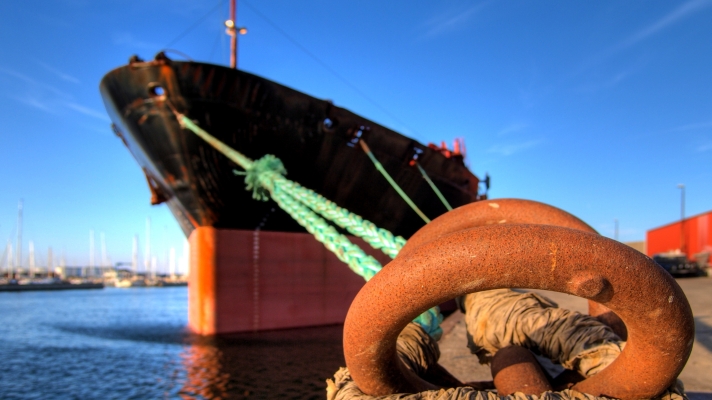The Paris Memorandum of Understanding on Port State Control (Paris MoU) has reported its highest detention rate in ten years. In 2022, the detention percentage was 4.18 per cent, with 47,167 deficiencies recorded.
The Paris MoU has published its 2022 Annual Report on 1 July. This report provides an overview of the activities and statistics of the Paris MoU in 2022.
2022 was the year the Paris MoU celebrated its fortieth anniversary. In those forty years, the harmonisation between an increasing number of maritime member authorities has laid a solid foundation for the effective reduction of substandard shipping in the Paris MoU region. The Annual Report commemorates this as well as focusing mainly on the inspection results from 2022.
In the course of 2022, the number of inspections carried out by the Paris MoU has returned to its normal level, after having to accept a lower number for two years. Covid-19 no longer imposes restrictions on inspection efforts. However, the information from inspection results of 2022 was difficult to compare with that of the previous two years because of the different circumstances with a different number of inspections and deficiencies as a result. In some cases, it has therefore been decided to use the pre-Covid year 2019 as the reference year instead of 2021.
Highest detention rate in ten years
The number of inspections carried out in 2022 was 17,289. Comparable to the number of inspections in 2019: 17,916. The detention percentage has risen to 4.18 per cent (2.98 per cent in 2019; 3.49 per cent in 2021). Compared to 2019, the number of detentions has increased significantly from 534 to 723. The number of deficiencies this year was 47,167. 2019 shows 39,821. The recorded detainable deficiencies have increased from 3015 in 2019 to 4873 in 2022.
While a direct link to Covid-19 cannot be easily established, it is concerning that the 2022 detention rate is the highest in ten years. According to the Paris MoU, this has increased the importance of Port State Control as a line of defence, where others – in particular shipowners, flag states and recognised organisations – fail to take their responsibility sufficiently.
In 2022, ten Refusal of Access Orders (bans) were issued. This is a significant decrease compared to the 25 bans issued in 2019. In the past three years, 21 ships have been banned for multiple detentions, eight ships were banned for “failing to call at an indicated repair yard”. In the same period, four ships were banned for a second time.
In 2022 the top three detention rates in terms of ship types were: livestock carrier 7.9 per cent; general cargo/multipurpose ships at 6.8 per cent and tugs 6.5 per cent.
Most frequently recorded deficiencies
The most frequently recorded deficiency in 2022 was “ISM” (4.8 per cent, 2248), which involves a violation of the International Safety Management (ISM) Code. Completing the top 5 of deficiencies were “fire doors/openings in fire-resisting divisions” (2.9 per cent, 1373), “Seafarers’ Employment Agreement” (1.6 per cent, 765), “cleanliness of engine room” (1.5 per cent, 707) and “auxiliary engine” (1.3 per cent, 600).
White, Grey and Black List
Over a three-year period the flags of Comoros and the Republic of Moldova have recorded the highest number of bans.
Regarding the “White, Grey and Black List” for 2022, a total of 66 flags are listed: 39 on the “White List”, 18 on the “Grey List” and 9 on the “Black List”.
In 2019, before the Covid-19 pandemic and therefore giving the most relevant comparison, the total number of flag states on the list was 70, of which 41 were on the “White List”, 16 on the “Grey List” and 13 on the “Black List”. The number of flag states on the “Black List” decreased by four.
Previously, SWZ|Maritime looked at the White, Grey and Black List in more detail: Netherlands loses runner-up spot on Port State Control performance list to Italy








